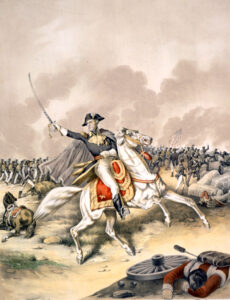Art
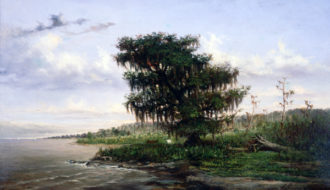
Andres Molinary
Born in Gibraltar, Andres Molinary settled in New Orleans in 1872 and became an active leader and teacher in the art community.

Born in Gibraltar, Andres Molinary settled in New Orleans in 1872 and became an active leader and teacher in the art community.
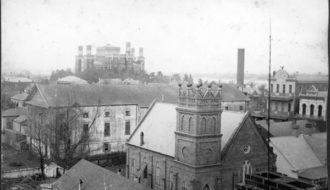
Based in Baton Rouge, early photographer Andrew Lytle spent a half-century chronicling the quotidian and exceptional events and faces of the city.
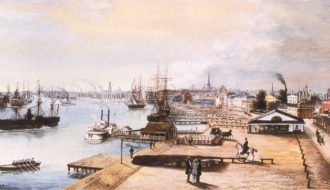
The Antebellum period in Louisiana begins with statehood in 1812 and ends with Louisiana joining the Confederacy in 1860.
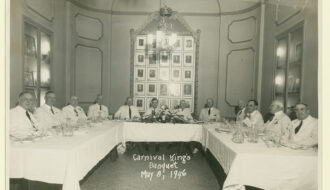
Founded in 1840, Antoine’s Restaurant is the oldest continually family-owned and -operated restaurant in the United States.
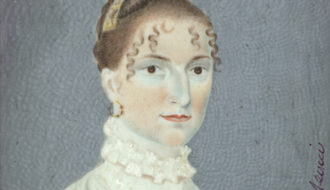
The husband and wife team of artists, Antonio and Nina Meucci, announced their arrival in New Orleans in 1818 in a newspaper advertisement offering to paint portraits and miniatures “of every dimension.”
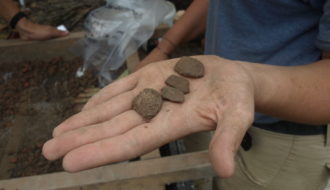
In New Orleans archaeological explorations span 2,500 years of history
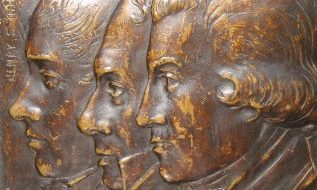
Planter Arnaud Beauvais became acting governor of Louisiana from October 6, 1829, to January 14, 1830
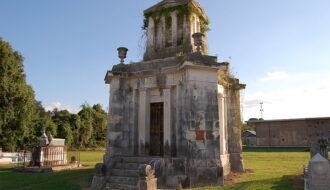
This Catholic cemetery in Donaldsonville was laid out in a grid plan shortly after the church parish was founded in 1772.
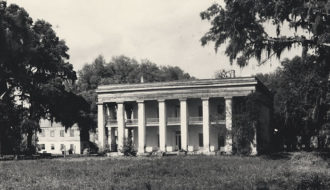
Perhaps more than any other plantation house, Ashland-Belle Helene epitomizes the popular image of the grand Greek Revival southern mansion.
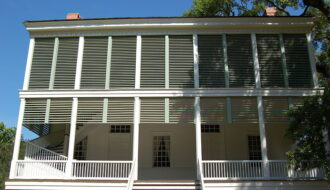
During John James Audubon’s four month tenure at Oakley Plantation as tutor to Eliza Pirrie, he produced thirty-two of his bird paintings.
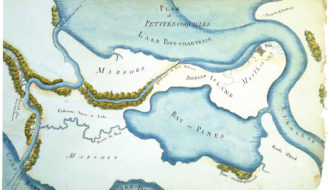
Barthélémy Lafon enjoyed a long and diverse career in Louisiana as an architect, builder, engineer, surveyor, cartographer, town planner, land speculator, publisher, and pirate.
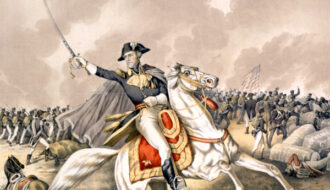
The Battle of New Orleans, fought on January 8, 1815, was the culmination of a monthlong series of skirmishes between US and British forces in southern Louisiana; it was the final major engagement of the War of 1812.
One-Year Subscription (4 issues) : $25.00
Two-Year Subscription (8 issues) : $40.00
